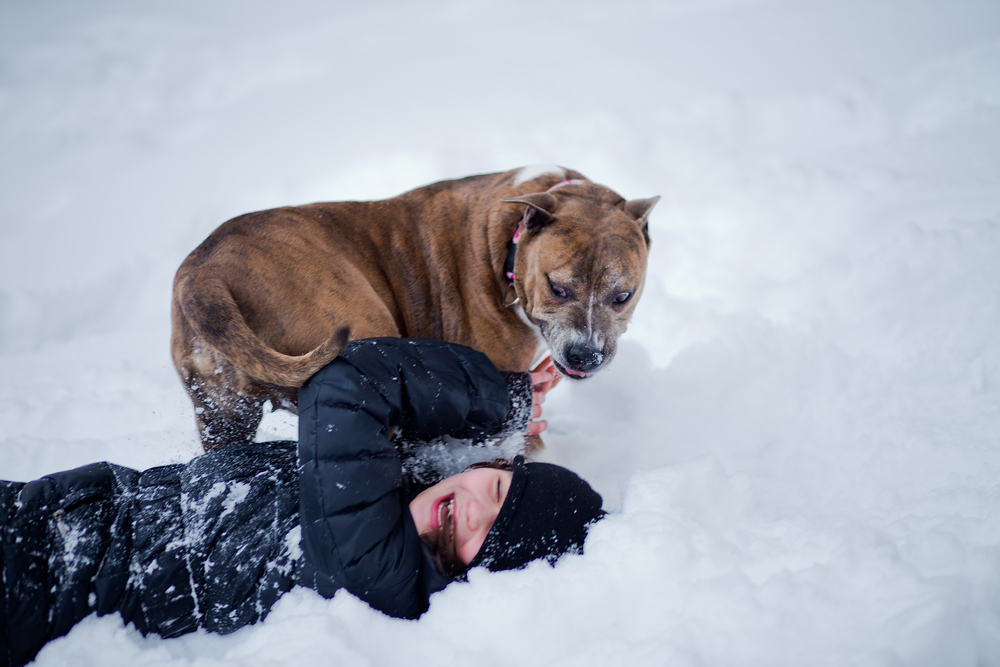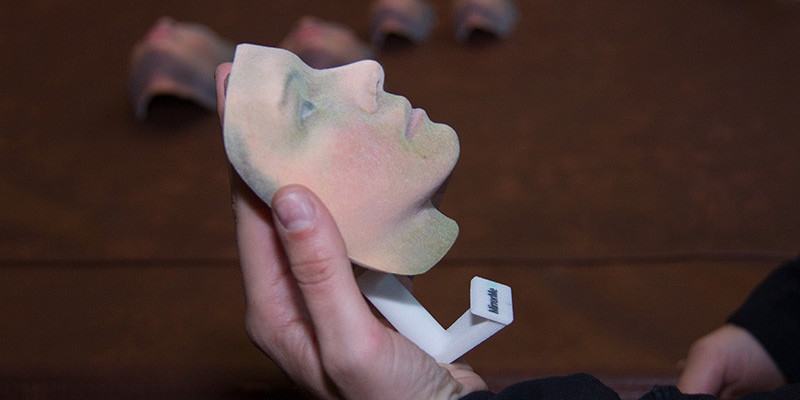- Most victims of dog bite injuries are children, and the dog is usually known to the child and the family.
- Dog bite injuries can be extremely serious and disfiguring. The injuries also carry a high rate of infection.
- The experience of being attacked by a dog is often emotionally traumatic for a child and a family.
- Modern techniques in plastic surgery can reconstruct much of the damage and minimize the visibility of scarring.
Of all the injuries plastic surgeons see each year, dog bite injuries are among the most challenging to treat.
Most often affecting children, dog bites can be both physically devastating and emotionally traumatic. What makes dog bite injuries so serious is that dogs characteristically shake their heads after clamping their jaws in an attempt to rip flesh clear from the body. Dog bites are not simply a matter of punctured or pierced skin: In approximately 40% of cases, dog bites tear away a large enough amount of flesh to necessitate reconstructive surgery.
The vicious combination of a dog’s jaws clamping down and its head jerking back-and-forth can also produce severe, irregular wounds with jagged edges which can be challenging to treat. While conventional cuts and lacerations may be easily sutured, dog bites often require much more intensive plastic surgery and a significantly longer healing process.
When dogs attack they most often strike the face — usually leaving visible facial scars and other noticeable scars on the head and neck. The strong clamping action of dogs’ jaws can also crush the tissue beneath and around the wound.
Being potentially deep wounds, dog bite injuries also carry a high risk of infection.
Injuries from dog bites can be visually horrific and emotionally devastating — frequently leaving victims permanently disfigured. Dog attacks can be tragic and life-altering, requiring multiple surgeries and scar treatments over the course of many years.
Fortunately, many once impossible-to-treat injuries are now treatable.
What happens when dogs attack?
In the USA, over 4 million people are the victim of dog attacks every year. Approximately 50% of them are between the ages of five and nine years old.
Studies show that in almost all cases of dog attacks on children, the family knows the dog. It’s either their own dog, or the dog owner is their neighbor or friend. Statistically speaking, the most common breeds of dogs involved in attacks on children are Pit Bulls, German Shepherds and Dobermans — but of course any breed of dog can be involved in an attack.
An unfortunate, and very common scenario is one where a child provokes one of these high risk breeds while playing — without realizing that he or she is provoking it.
When a dog attacks the resulting injury is typically a combination wound consisting of laceration, crushing and shearing. 60% of all dog attacks involve the face, head and neck. Other attacks typically occur on the hands, feet, arms and legs.
The proper initial response to a dog attack is to clean the wound with saline and have a precautionary tetanus shot administered, because bite wounds are often deep.
If the dog isn’t known to its victim, the situation should immediately be reported to the authorities in order to ascertain the dog’s status and be sure it doesn’t have rabies and has had all its other important vaccinations.
Dr. Elliot HIrsch, a respected Los Angeles-based plastic surgeon and an expert in reconstructive surgery explains: “Dog bites are different from other traumatic wounds due to the level of bacterial contamination that is present. Because of the bacteria in the dog’s mouth, infections are fairly common after dog bite injuries”.
Dr. Hirsch explains that due to the high risk of infection dog bite wounds are often not sutured tightly during the initial treatment.
“We often do not perform a tight cosmetic closure after a dog bite injury and focus more on getting the wound edges approximated”, says Hirsch, “The initial treatment of the injury is focused on decreasing the levels of bacterial contamination in the wound and getting it closed, if possible. If there is excessive tension and the skin is of poor quality, a delayed closure may be necessary. Additional treatment such as skin grafts or flap reconstruction or scar revision often take place later.”
Is there hope for victims of dog bites?
Today, plastic surgeons use a broad array of advanced treatment techniques and medical technologies to do what would have been impossible only decades ago. Injuries that would once have disfigured victims for life are often rendered “barely noticeable” today by way of sophisticated reconstructive surgery, skin grafting, laser treatments and other techniques.
But the road to recovery isn’t an easy one. By some studies, more than 75% of victims must undergo repeated scar revision surgery, with 25% of them requiring three or more follow up procedures.
What type of treatments do plastic surgeons use to treat dog bite injuries?
Facial plastic surgeons have a full arsenal of technologies and procedures to help heal dog bite victims. The techniques fall generally into three categories: reconstructive surgery to reconstruct the shape of lost tissue, grafting to grow new tissue in place, and skin resurfacing to reduce the visibility of scarring.
Primary reconstructive surgery – The primary reconstructive surgery is performed immediately following the injury. Depending on the severity of the original injuries, this surgical procedure may be the only major reconstructive surgery required. In which case, later procedures may be less dedicated to reconstruction and more focused on reducing scarring.
Secondary reconstructive surgery – A secondary reconstruction is performed in the event the patient is dissatisfied with the results of their initial reconstruction surgery.
Cartilage grafting – Since dogs commonly attack the face and damage the ears and nose, it is often necessary to harvest cartilage from other sites in the effort to replace lost cartilage and repair the damage.
Skin grafting – To replace skin lost from tearing and severe lacerations, skin is often moved from another part of the body to the injured location
Fat grafting – Scarring from dog bites often results in a loss of volume, or a depression in the surface of the skin. By harvesting fat from other areas, cleaning it and injecting it into the depressed area, the lost volume can be replaced.
Flap reconstruction – In order to repair the damage from dog bites, skin, muscle or bone tissue is often moved from one site to another. Flap reconstruction is similar to a graft, except it uses an intact blood supply.
Debulking – If the scar formation leads to thicker skin — as is common in hypertrophic and keloid scars — plastic surgeons can surgically “debulk” the scar tissue to make the skin thinner.
Laser resurfacing – By directing highly concentrated pulses of light, lasers can both remove the surface layer of dog bite scars and induce collagen underneath the surface of the skin. Laser scar treatments not only smooth and reduce the visibility of scars, but some lasers (like IPL lasers) even reduce the red tint of scars to better match the surrounding skin color.
Does insurance cover plastic surgery for dog bites?
Because some procedures like scar revisions are considered more aesthetic than medical, they may not be covered by many standard health insurance policies.
Keep in mind, however, that dog bite injuries are often covered by homeowners insurance policies. Insurance companies report that an astounding one-third of all homeowners’ liability claims are for treatments of dog bite injuries. Also remember that when making claims for dog bite injuries, you’ll need to account for the many years of potential follow-up treatments that could be necessary.
The Emotional Impact of Dog Bite Injuries
Dog bite injuries can be extremely traumatic on an emotional as well as physical level. Because the victims are often children and the extent of their injuries serious, counseling is sometimes also recommended.
As Dr. Hirsch explains, “I have treated several young children with dog bite injuries to the scalp or face. There is usually a large amount of blood involved, making it that much more of a traumatic experience for both the child and their parents.”
It’s important for both victims and the families of victims to keep in mind that the initial appearance of these injuries often look far worse than they actually are. Between modern technologies and skilled plastic surgeons, dog bite wounds typically recuperate far better than originally anticipated.
“So long as there is no tissue missing and no critical structures were damaged, they usually heal very well.” says Dr. Hirsch, “Parents are often pleasantly surprised to see how well their children have healed. But it’s still important to remind dog bite patients that no matter what we do, they will be left with a scar. Scars can be managed to a certain degree after reconstruction is complete by using scar creams, lasers, and other treatments — but once the skin has been damaged, a scar is inevitable.”









